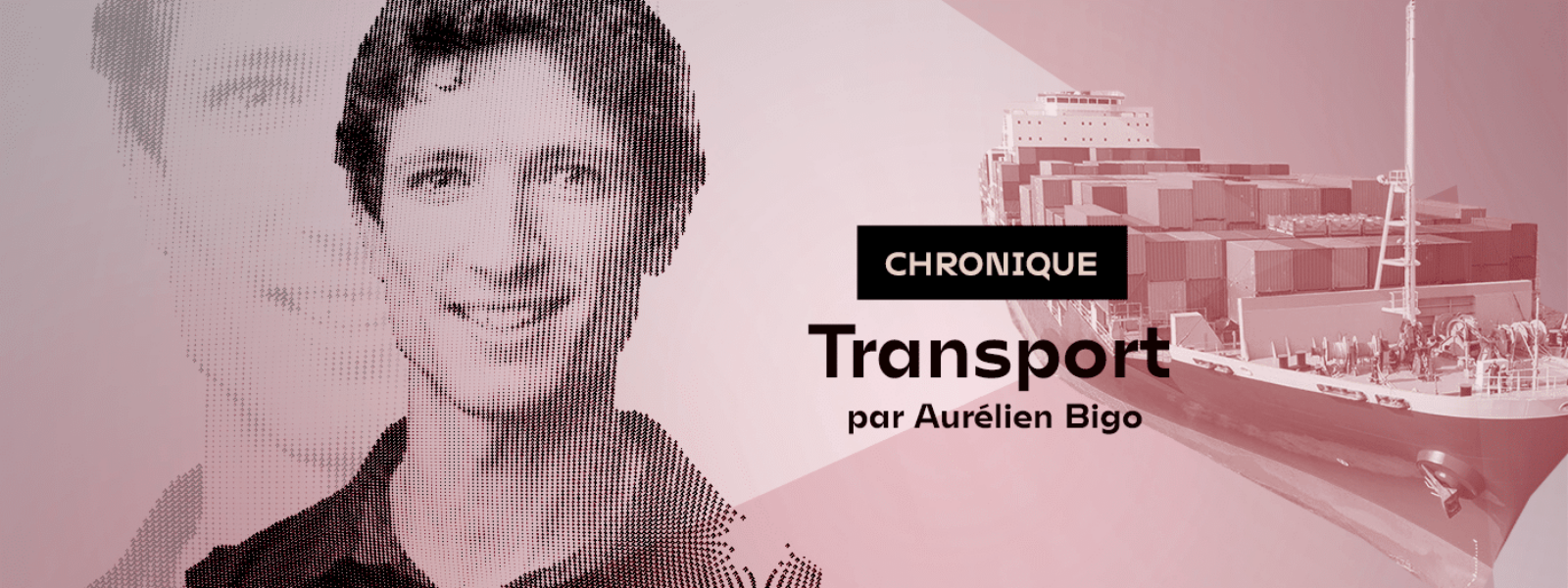Limiting freight flows, still a taboo idea for the transition?
- The vision of the energy transition of freight transport is very often focused on technology, which is an indispensable but also insufficient lever.
- Moderation of freight transport demand is another lever of the energy transition to be taken into account, allowing the reduction of emissions, costs and negative externalities of transport.
- Ways of moderating transport demand include reducing the number of tonnes to be transported, reducing the number of kilometres travelled and reducing the number of logistics chains.
- In contrast to the technological and modal shift levers, which largely question internal developments in the logistics sector, moderation of transport demand depends essentially on developments in other sectors of the economy.
- Moderation of transport demand is crucial for achieving decarbonisation objectives, and there is a need to look further into this lever, to understand its potential and to put in place appropriate policies.
The vision of the energy transition of freight transport is very often strongly focused on technology, which is indispensable but also insufficient and faces many obstacles. The answer to this is often to evoke the modal shift as the main alternative to limit the transport by heavy goods vehicles (see the previous articles in link). But the scenarios also show a major potential for moderating transport demand, i.e. limiting the flow of goods.
Why moderate transport demand?
Prospective scenarios in France show very different trends in transport demand by 2050, from about +80% to almost ‑50% depending on the scenario (see first article). Depending on the path taken, the challenges in terms of logistics or resource and energy consumption will vary greatly. The same is true in terms of the effect of this factor on the evolution of emissions.
Thus, the potential of modal shift will be limited without a more global reconsideration of the volumes and organisation of logistics flows. On the contrary, its modal share will be able to increase all the more if total demand is not growing strongly, if road transport is disadvantaged, and if the modal shift policy is part of a global evolution consistent with regional planning, industrial policy and the evolution of logistics chains (see 3rd article).
The technological options for decarbonisation are also confronted with constraints on available resources, whether biomass (biogas, agrofuels), electricity and/or metals (electricity, hydrogen). Reducing traffic will limit these constraints and facilitate the exit from fossil fuels, which dominate today for liquid and gaseous fuels (methane) and for the production of hydrogen (see 2nd article).
The financial cost of the transition will also be reduced, both in terms of investment costs in infrastructure (logistics, transport, energy, etc.), the cost of renewing vehicle fleets and the cost of producing energy.
Finally, limiting freight traffic will simultaneously reduce many of the externalities of transport: congestion, wear and tear on infrastructure, air and noise pollution, accidents, the need for logistics space, and pollution linked to the extraction of resources.
How can transport demand be moderated?
The way to count the transport demand factor is the tonne.km (which corresponds to 1 tonne moved over 1 km). Domestic freight transport in France corresponds to about 330 billion t.km, or about 14 t.km per day and per person (or 100 kg over 140 km, for example)1.
We can mention 3 ways to moderate this demand for freight:
- Reduce the tons to be transported, by sobriety in the material consumption of the economy;
- Reducing the number of kilometres travelled, by relocating the economy in order to reduce transport distances;
- Reduce the number of intermediaries between extraction and initial production, then the final consumer or delivery.
To take some examples according to the type of goods:
- In agriculture and food, these three levers can be used in the transition, by limiting food waste (lower tons), more local food (lower distances), and the development of short circuits (reduction of intermediaries);
- For construction materials, which represent large volumes but over fairly limited distances, the volume reductions could be significant through the reduction of new construction due to demographic changes, through rehabilitation and renovation rather than new construction, or through the construction of collective rather than individual housing;
- In industry or for manufactured goods, this depends more globally on the evolution of industrial policy, as well as on the sobriety and structure of consumption. This will have an impact on domestic flows but also on international flows, given the importance of imports of consumer goods;
- Finally, in the energy sector, about one third of the tonnages handled in French ports are hydrocarbons (oil and gas)2. These flows are expected to decrease significantly if the energy transition is successful, without being compensated in comparable proportions by replacement means (energy, metals, renewable energy production means, batteries, etc.).
Risks or broader developments to be taken into account
Unlike the technological and modal shift levers, which are largely based on changes within the logistics sector, moderating transport demand depends largely and even essentially on changes in other sectors of the economy. As always, and even more so in this case, the transition must therefore be looked at in a sufficiently broad manner to ensure that relevant developments are sought. Many of the developments linked to the ecological transition are in line with the moderation of demand (as mentioned above).
However, there are three potential risks to be considered to ensure that the objective of demand moderation is not achieved at the expense of other virtuous developments:
- As freight transport flows are by nature interacting with the different sectors of the economy, there may be an increase in flows for certain types of materials or sectors in the transition, for example for metals, biomass, or the flows needed to implement a more circular economy. These flows will often be lower than with the current fossil economy and will have to be rationalised but should not be neglected in the transition.
- Also, reindustrialisation in France will have the effect of limiting certain international flows (maritime in particular) but may on the contrary increase certain flows within France. Thus, relocating certain stages of production of industrial products and consumer goods will bring more tons.km than just ensuring the final delivery to consumers from ports or borders.
- Finally, we must be careful not to demassify logistics with the reduction of distances and volumes. In fact, high volumes over long distances favor higher-capacity trucks and/or modal shift to river or rail. Without this precaution, the slightest optimization of flows may in some cases more than offset the benefits of demand moderation.
In conclusion
The evolution of freight transport demand will be a determining factor in achieving the decarbonisation objectives, in a context of difficulties and strong inertia in the other levers. It is all the more necessary to move towards the scenarios with the lowest freight flows, since the changes envisaged in the future are very different: a factor of 3.5 between an almost twofold reduction and an increase of up to 80%, depending on the scenario.
Although certain risks are to be anticipated, this evolution is globally consistent with an economy that seeks greater sobriety and a certain relocation of productive activities. In view of the little interest so far in these developments, but also of the complexity of the subject, it is necessary to focus more on this major lever.














